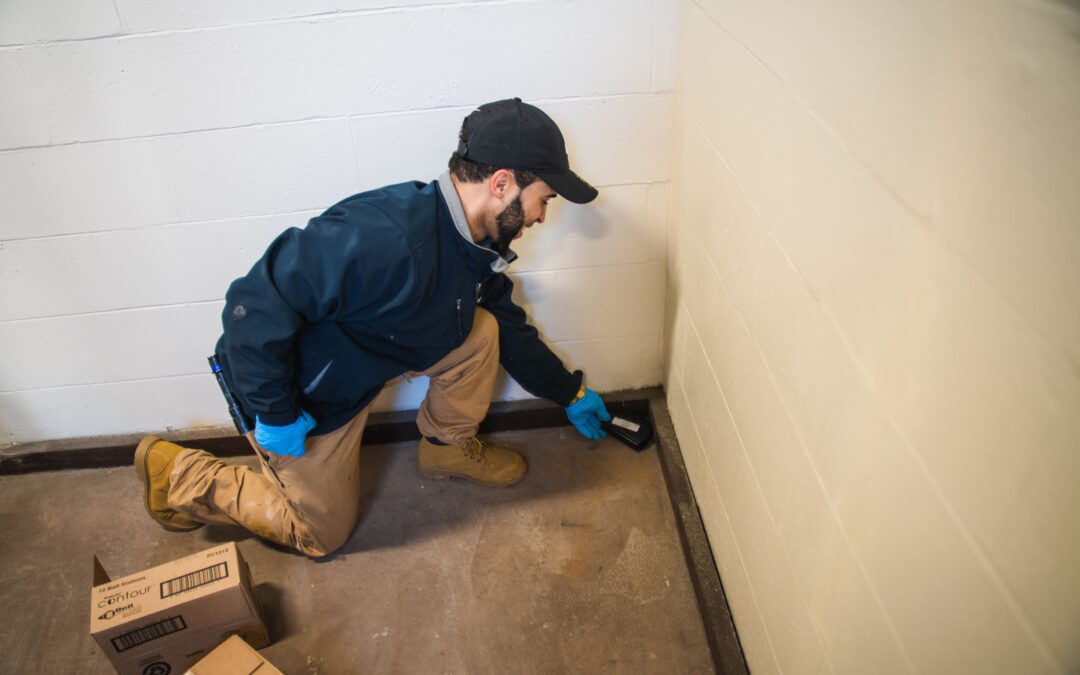Surprisingly, the scientific practice of systematically documenting and describing various arthropod species became common only during the past couple of centuries. Despite this, over one million arthropod species have been documented worldwide, more than 900,000 thousand of which are insect species. At least 91,000 insect species have been documented as inhabiting the United States, and experts claim that more than 70,000 additional insect species have yet to be described in the country. Of these documented insect species, only a very small minority are recognized as pests, and an even smaller number can be considered true “structural,” or “household” insect pests.
Generally, only insect species that are capable of thriving and reproducing within manmade structures are considered true household pests. These types of insect pests include termites, cockroaches and many ant species. A large number of insects that are widely considered pests of households actually require nourishing conditions that usually cannot be secured within homes and buildings. These types of insects invade homes only on occasion, which is why this massive group of insect pests are collectively and appropriately referred to as “occasional home invaders.” This group of insect pests are comprised of species that invade homes inadvertently, as well as species that may become established within certain indoor areas that happen to favor their survival.
Insects that enter homes inadvertently are commonly referred to as “incidental invaders,” while “occasional invaders” are insects that may become abundant in certain indoor areas that favor their survival. Insects that are categorized as incidental invaders are not considered significant household pests, and they include many insects that are attracted to indoor lights. While not technically insects, many spiders, such as wolf spiders, are considered incidental invaders. This is because most spider species rarely become abundant indoors unless an alarming amount of insect food sources become easily accessible within homes. Occasional insect invaders include sowbugs, millipedes, centipedes, crickets, silverfish and ground beetles. Most occasional insect invaders thrive in damp and dark outdoor environments, but they can become numerous in moist indoor areas, such beneath sinks, in basements and around tubs. Overwintering pests, like brown marmorated stink bugs and Asian lady beetles, are also considered occasional invaders.
Have you ever struggled to control multiple insect pest species in and/or around your home?

